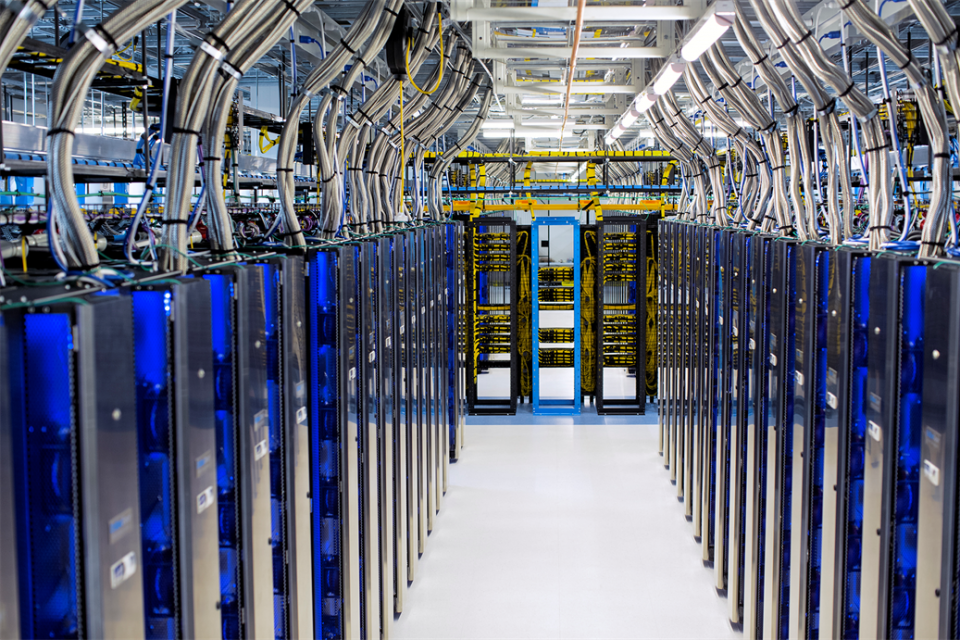
New Delhi, December 8, 2021: Microsoft India today announced the launch of Availability Zones in its Central India datacenter region, providing additional resilience options for customers’ cloud applications. Azure Availability Zones allow businesses to spread their infrastructure and applications across dispersed datacenters, delivering additional protection and isolation from localized failures, which can range from mechanical or electrical issues, structure fires or flooding, or any unforeseen disaster. They also provide access to mission-critical applications, data, and services to every Azure customer to support their most important workloads and processes.
Azure Availability Zones are physically and logically separated datacenters with their own independent power source, network, and cooling. If one becomes unavailable, the others ensure resiliency. They provide the scale, business continuity, and the security businesses need to run their most important applications in the cloud. The new Azure Availability Zone in Pune ensures uptime of up to 99.99%, empowering Microsoft customers in India to spread their infrastructure and applications across the data centers’ locations, increasing security and accessibility.
Commenting on the announcement, Rajiv Sodhi, Chief Operating Officer, Microsoft India, said, “Microsoft’s cloud infrastructure comprises more than 60 announced datacenter regions around the world – more than any other cloud provider – and has been essential in connecting people, businesses, and governments while running mission-critical applications. We are continually upgrading the infrastructure in India to provide support for customers building and operating applications and workloads. From facilitating architectures for modern cloud applications, to meeting data residency requirements, the new Azure Availability Zones in Central India will bring resilience to businesses, as they accelerate digital transformation.”
Azure Availability Zones enable many core Azure services that provide the necessary support for deploying, building, and operating highly available applications. As part of the design process, Microsoft evaluates more than 30 viability and risk-based criteria which are considered to determine the configuration of Availability Zones.
Abhijit Mazumder, VP & Chief Information Officer, Tata Consultancy Services said “Cloud First is an important component of the TCS’ Business 4.0 framework that guides our internal IT strategy, and which our Microsoft Business Unit uses extensively to further our customers’ growth and transformation agenda. We believe this launch of a new Azure Central India Availability Zones from Microsoft will further enhance the resiliency and availability of mission-critical applications for us, as well as our clients in the region.”
Microsoft continues to build Azure to support customer needs for low-latency, high-availability cloud services, with the ability to both store and process data within a country or geography. This is essential in providing a trusted cloud that is secure, reliable, and supports regulatory compliance.

